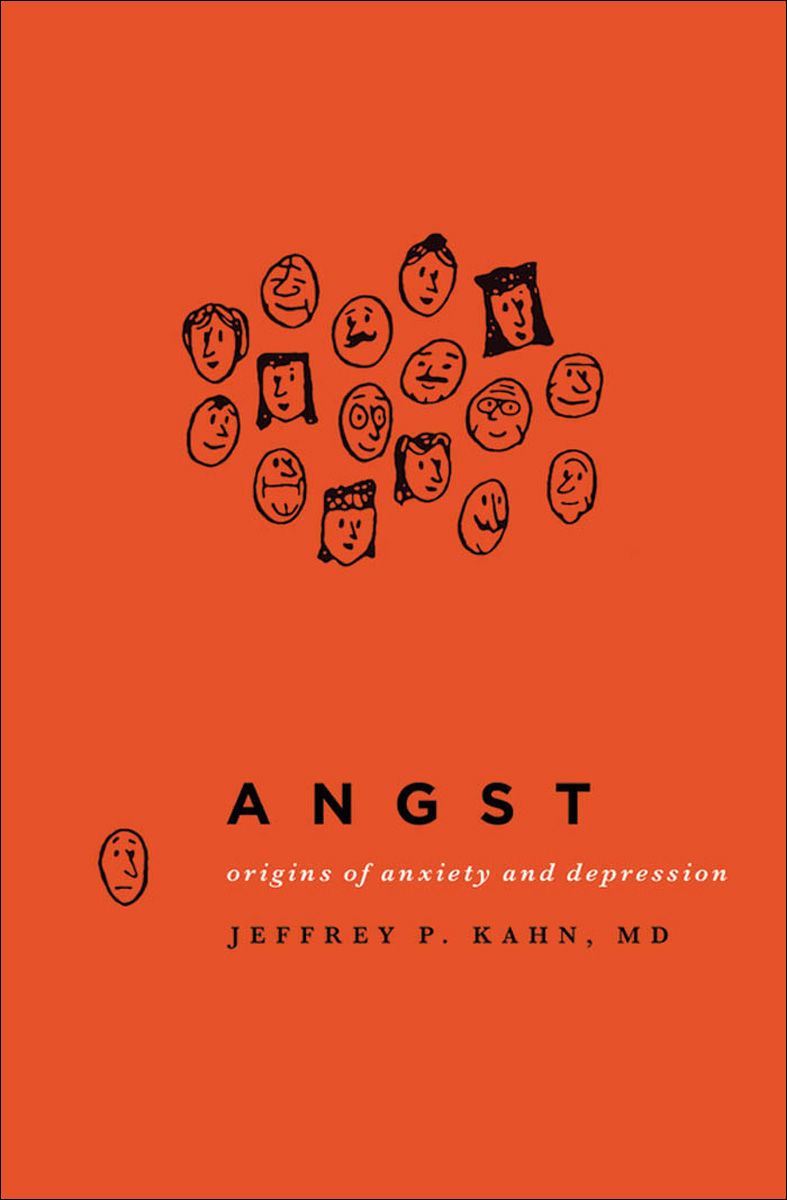مشاهده سبد خرید “Cochrane Handbook for Systematic Reviews of Interventions 2019” به سبد خرید شما اضافه شد.
دانلود ۳۰.۰۰۰ کتاب پزشکی فقط با قیمت یک کتاب و ۹۹ هزار تومان !
توضیحات
چرا بسیاری از مردم از تیرکمان و تیرهای اضطراب ظالمانه رنج می برند؟ حدود بیست درصد از ما از اختلالات رایج اضطراب و افسردگی رنج می بریم. این حالت عصبی، ترسناک یا غمگین نیست – این یک اختلال دردناک است که هیچ فایده ای آشکار ندارد. این اضطراب از وراثت تکاملی ناشی می شود که از نظر بیولوژیکی ما را به جوامع اجتماعی تبدیل کرد. تنها پنج زیرگروه تشخیصی خاص مسئول بیشتر اضطراب های امروزی هستند: اضطراب پانیک، اضطراب اجتماعی، اختلال وسواس فکری-اجباری، افسردگی غیر معمول و افسردگی مالیخولیایی. هر یک از این پنج مورد از غرایز اولیه اجتماعی ناشی می شود که به اجداد ما می گفت چگونه بقای DNA جامعه خود را بهبود بخشند. این غرایز امروزه در گونه های دیگر نیز بسیار زنده و بی بند و بار هستند. هم داروین و هم فروید، ارتباط احتمالی آنها با ناخوشی انسانی ما را پیش بینی کرده بودند. ما انسانها نسبت به موجودات دیگر آگاهی ذاتی بیشتری داریم. افکار عقلانی به ما اجازه می دهند دستورالعمل های اجتماعی-بیولوژیکی را به چالش بکشیم. یکی از پیامدهای این مهارت منحصر به فرد انسانی این است که غرایز بیش از حد اجتماعی به زبان دردناک اختلالات عاطفی از ما شکایت می کنند. تعداد کمی از ما حتی به روش هایی که می تواند خلاقیت فکری، عملکرد اجتماعی و بهره وری ما را افزایش دهد، به این درد توجه می کنیم. تواناییهای فکری انسانی ما به همان اندازه مدیون برنامههای اجتماعی منحصربهفرد ما است که به قدرت پردازش مغز بزرگتر ما. تمدن بر اساس توانایی ما برای حفظ هماهنگی اجتماعی با اخلاق و حکومت، و یافتن آرامش در فناوری، مذهب و آبجو بنا شده است. این سنتز نظری جدید چارچوب جدیدی برای درک دانش ما از علوم اعصاب روانپزشکی، تحقیقات بالینی، تشخیص و درمان ارائه می دهد. نظریه مرکزی به زبان روزمره توضیح داده شده است. این توسط مشاهدات بالینی، گزارش های دست اول از علوم پیچیده، تحقیقات حیوانات، و نقل قول هایی از هر دو نوشته های باستانی و طنز مدرن و اشعار آهنگ پشتیبانی می شود. این ترکیب جدید و جذاب برای عموم مردم، متخصصان سلامت روان و محققان دانشگاهی به طور یکسان نوشته شده است.
توضیحات(انگلیسی)
Why do so many people suffer the slings and arrows of outrageous angst? Some twenty percent of us are afflicted with common Anxiety and Depressive disorders. That's not just nervous or scared or sad - that is painful dysfunction without obvious benefit. This angst comes from an evolutionary inheritance that biologically shaped us into social communities. There are just five specific diagnostic subtypes that account for most of this modern-day angst: Panic Anxiety, Social Anxiety, OCD, Atypical Depression and Melancholic Depression. Each of the five comes from primeval social instincts that told our ancestors how to improve survival of their community DNA. These instincts are also very much alive and unfettered in other species today. Their potential link to our human distress was anticipated by both Darwin and Freud. We humans have greater instinctive consciousness than other creatures. Rational thoughts let us defy biological social instructions. One result of this uniquely human skill is that over-ridden social instincts complain to us in the painful language of emotional disorders. A few of us even tackle this pain head-on, in ways that can advance our intellectual creativity, social performance, and productivity. Our human intellectual abilities owe as much to our unique social software as to our greater brain processing power. Civilization is built upon our ability to maintain social harmony with ethics and government, and to find solace in technology, religion and beer. This novel theoretical synthesis offers a new framework for understanding what our knowledge of psychiatric neuroscience, clinical research, diagnosis and treatment. The central theory is explained in everyday language. It is supported by clinical observation, straightforward accounts of complex science, animal research, and quotes from both ancient writings and modern humor and lyrics. This fascinating new synthesis is written for the general public, mental health professionals and academic researchers alike.





